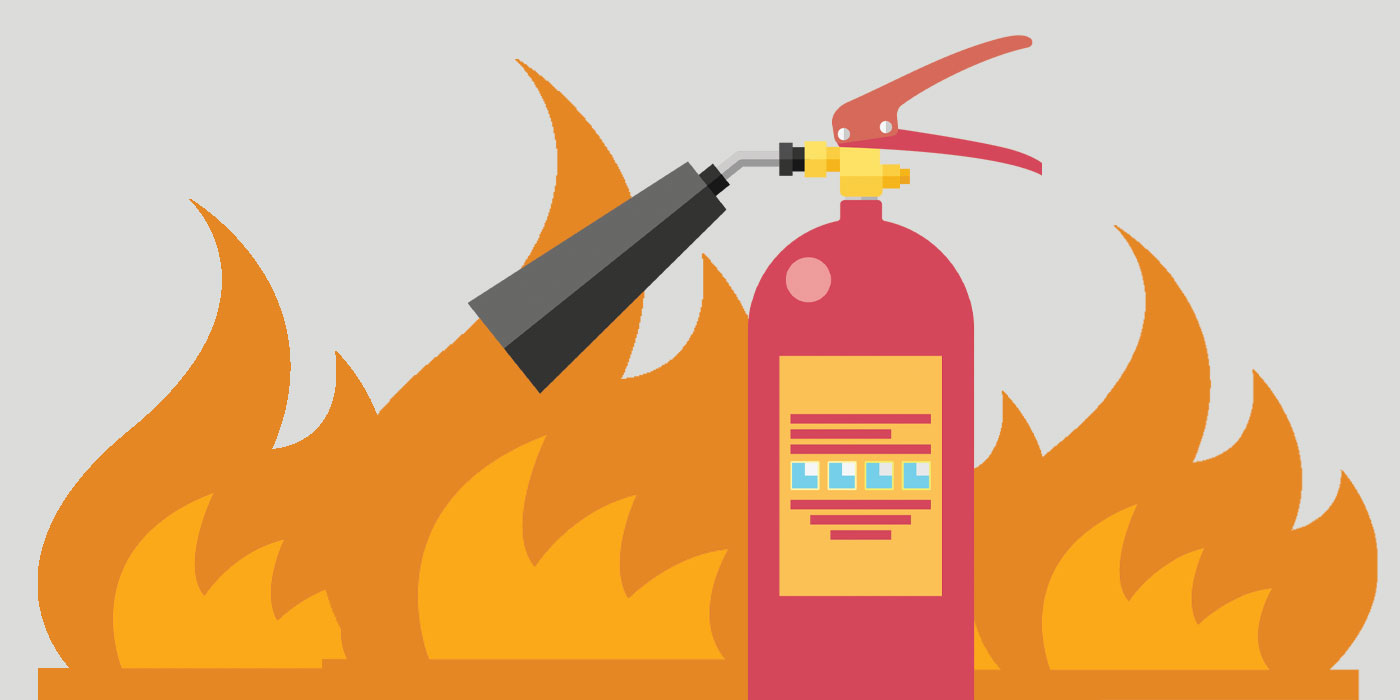Sydney businesses must make sure that they are protected from fires. This isn’t only to follow the law, but also for their employees, clients, and property. The effects of fire can be devastating within a matter of minutes. However, with the proper safety measures in place, many of these risks can be minimized or prevented. Regular inspections of fire hazards, regular checking of electrical systems, as well as complying with CFSP standards all help to ensure that the environment is safe.

Fire inspections are why they are the backbone of safety
Inspections for fire safety are the primary line of defense against risks. They ensure that every part of a building’s protection system is in place and up to date. In Sydney many businesses, they are required to conduct an inspection every six or twelve months, based on kind of building and council regulations. An inspection often covers everything from fire alarm panels to sprinkler systems, to smoke alarms, fire hydrants, extinguishers, as well as emergency lighting.
Inspections are essential since they can reveal hidden problems before they turn into a danger. In a situation of emergency the smallest flaws in a smoke detector or the fire hydrant’s malfunction could seem insignificant. Through conducting periodic fire inspections businesses managers are not only ensuring they meet their compliance requirements but actively taking steps to protect their workplace from unforeseen tragedies.
Testing and Tagging Testing and Tagging: Addressing Hidden Electrical Security
Electrical systems are among the main causes of workplace fires, that’s why testing and tagging must be part of a fire safety plan. The process involves examining the electrical equipment to ensure that it’s safe, functional and compliant. This is and then attaching a visible label that demonstrates the item was inspected and passed. This is not just a standard requirement for many firms. It is also a method of safeguarding against potential risks that are not obvious to the naked eye.
If they are not checked for wear, old or worn cables, appliances with faults or outdated wiring could quickly become dangers to fire. Regularly testing and marking decreases the risk of an electrical issue that could cause a fire. This also creates confidence and trust in employees, as they are assured that their workplace is safe. The combination of testing, tagging, and fire inspections creates a complete safety plan that reduces risks on many areas.
The Role of CFSP in Compliance and Certification
Only a Competent Fire Safety Professional (CFSP) located in New South Wales, can attest and sign vital documents regarding fire safety, such as Annual Fire Safety Statements. Introduction of CFSP certification has raised standards in fire safety, ensuring only qualified professionals can examine and confirm safety. For business owners working with the CFSP, inspections and reports will no longer be a simple report but an objective evaluation done by experts.
The CFSP’s job is more than simply checking boxes. They assess the performance and condition of fire safety systems and present thorough reports. They also confirm conformity with the requirements of the regulatory authorities. Companies that do not have CFSP certification could be at risk of being penalized, having legal issues and even closure if their fire safety measures are found to be insufficient. Utilizing experts accredited by CFSP ensures the fire safety systems are maintained correctly, and that all compliance requirements are met.
Safety in the Fire Service as an Ongoing Security Commitment
Each business owner has a responsibility to make sure that fire safety is a priority. Regular inspections and testing of electrical equipment with the proper certification of CFSP, create a safety cycle that doesn’t end. Beyond ensuring compliance with the law and promoting an environment of safety in the workplace. Employees are reassured that evacuation plans clearly laid out are in place and that smoke alarms are in place and emergency lighting is tested and fire protection systems are fully functional.
Treating fire safety as a continuous process rather than a yearly checkbox not only reduces risks but also strengthens a business’s reputation. In an environment that prioritizes security, clients and customers will feel more comfortable. In the long run, proactive fire protection can save the company money by preventing costly damage and legal disputes, as well as fines. It also protects all those in the structure.
Conclusion
Sydney fire safety needs an approach that is multilayered, which includes testing and inspections for fire and tagging, as well as certification by a CFSP. Each of these components plays an important role in helping businesses comply with regulations, but more importantly in protecting people and property. Safety is an integral aspect of the business process, not an afterthought. Companies can fulfill their legal obligations and build a more durable and safer atmosphere in the near future if security is an integral part of daily operations.